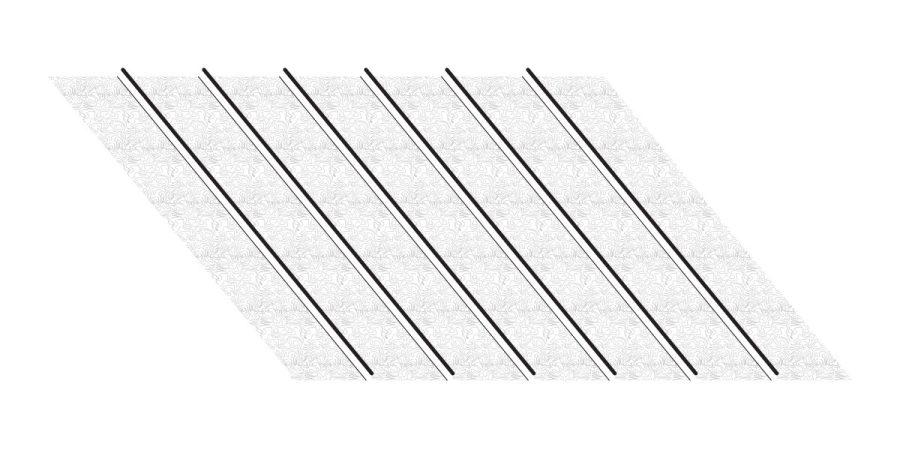Quicklinks:
- None at the moment…
Introduction
Oil canning, also known as “rippling” or “telegraphing,” is a phenomenon that occurs in thin-sheet metal or metal panels, such as those used in roofing, siding, or automotive body panels. It refers to the visible waviness or distortion that appears on the surface of the metal when it is subjected to various external forces or stresses. This distortion can resemble the ripples or waves on the surface of a can of oil, hence the term “oil canning.”

Cosmetic Issue
Oil canning is considered a cosmetic issue and does not necessarily compromise the structural integrity or performance of the metal panel. However, it can be undesirable in aesthetic terms, especially in architectural applications where a smooth and uniform appearance is desired.
Causes
- Thermal Expansion and Contraction: Metals expand and contract with temperature fluctuations. When the metal heats up and expands, it can create stress within the panel, leading to visible distortion. Conversely, when the metal cools down and contracts, it can also result in surface waviness.
- Uneven Loading: Uneven loading or weight distribution on a metal panel can cause localized stress points, leading to oil canning. For example, if a person walks on a metal roof, the pressure exerted by their weight can cause the metal to flex and create ripples.
- Manufacturing Tolerances: Inconsistent thickness or variations in the flatness of the metal sheet can contribute to oil canning. If the metal sheet isn’t perfectly flat, it may be more prone to distortion when subjected to external forces.
- Design and Installation: The design of the structure and the way metal panels are installed can also influence oil canning. Inadequate fastening, improper support, or insufficient expansion joints can lead to stress concentrations and distortion.
- Material Properties: The choice of metal and its properties, such as yield strength and stiffness, can affect the likelihood of oil canning. Softer metals are generally more susceptible to this phenomenon.

Reduce & Control Via
It’s first important to do an investigation and understand the exact reason why oil canning is present in the built structure. Once you understand what is causing it, you can clearly tackle the issue.
As oil canning and the waviness is inherent to all metals, it’s something you should be concerned about always. There are several approaches that are generally considered best practices to prevent oil canning from appearing in the first place.
- Use thicker metal
- Using more matte finishes — glossy tends to highlight the imperfections.
- Improving the panel’s structural support (including the supporting structure)
- Designing systems/details that allow for thermal expansion and contraction.
- Using a texture material or appearance to hide imperfections
- Transport the metal/materials vertical
- Design or choose a roof profile with a bend in the profile to reduce the flat area of the material





Leave a Reply
You must be logged in to post a comment.